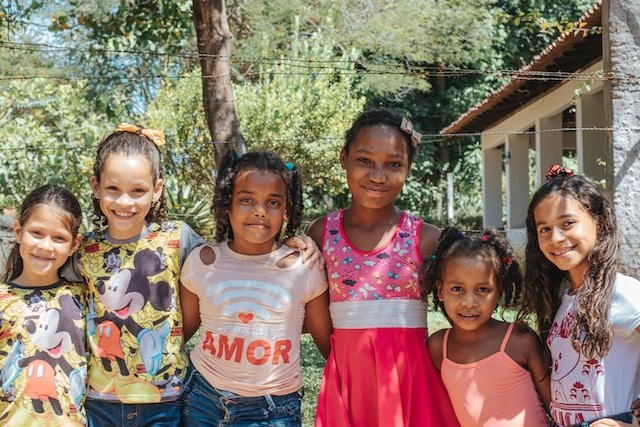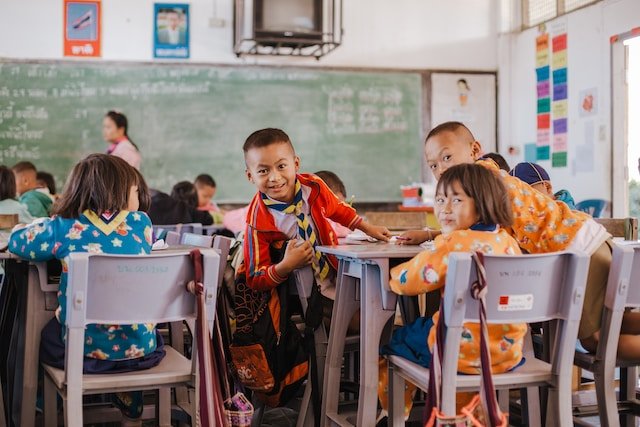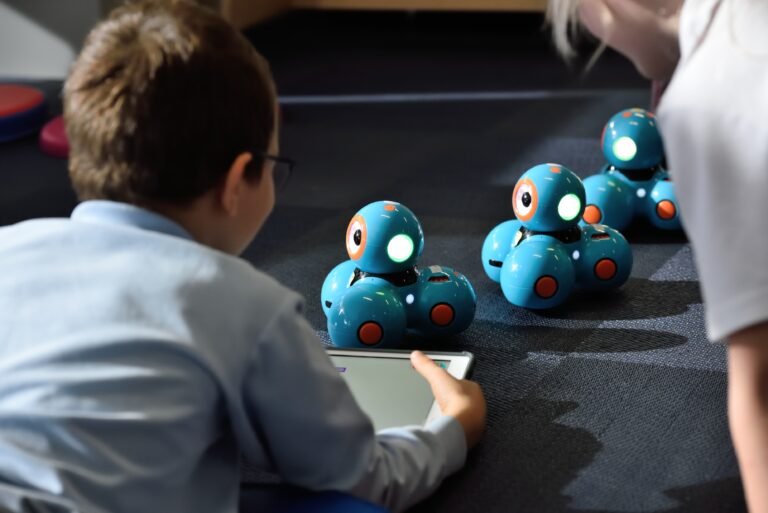What are the best strategies for teaching drama in a multicultural classroom?
Teaching drama in a multicultural classroom can be both rewarding and challenging. On one hand, drama is a great tool for promoting intercultural understanding and empathy. On the other hand, cultural differences can also present barriers to effective communication and learning. In this article, we will explore some of the best strategies for teaching drama in a multicultural classroom.
Establish a Safe and Inclusive Learning Environment
The most important step in teaching drama in a multicultural classroom is to establish a safe and inclusive learning environment. This means taking the time to understand and respect the cultural backgrounds of your students. It also means outlining clear guidelines for respectful behavior and communication. By establishing a safe and inclusive learning environment, you can help your students feel more comfortable expressing their ideas and participating in drama activities.
Integrate Cultural Diversity into Your Curriculum
Another important strategy for teaching drama in a multicultural classroom is to integrate cultural diversity into your curriculum. This can involve selecting plays and scripts that reflect the cultural backgrounds of your students. It can also involve integrating cultural traditions and practices into your drama activities. In this way, you can help your students feel more connected to the material and create a truly engaging learning experience.
Encourage Discussion and Reflection
Drama is a great tool for promoting discussion and reflection, and this is especially important in a multicultural classroom. Encourage your students to share their perspectives and experiences with each other, and provide opportunities for them to reflect on how their own cultural background affects how they interpret the material. This can help promote intercultural understanding and empathy, as well as broaden their interpretation of the drama material.
Use Multimodal Teaching Methods
Another effective strategy for teaching drama in a multicultural classroom is to use multimodal teaching methods. This means integrating a variety of teaching techniques, such as visual aids, music, movement, and storytelling, into your drama activities. In this way, you can engage different learning styles and help your students connect with the material in different ways.
Promote Collaborative Learning
Finally, promoting collaborative learning is essential for teaching drama in a multicultural classroom. This means providing opportunities for your students to work together and learn from each other. You can do this by assigning group projects, facilitating group discussions, and encouraging peer feedback. Collaborative learning can help your students develop their communication skills and promote intercultural understanding and empathy.
In conclusion, teaching drama in a multicultural classroom requires responsiveness, creativity, and a commitment to fostering intercultural understanding and empathy. By establishing a safe and inclusive learning environment, integrating cultural diversity into your curriculum, encouraging discussion and reflection, using multimodal teaching methods, and promoting collaborative learning, you can help your students develop their communication skills and broaden their interpretation of the drama material.
Are you looking for a fresh and exciting way to engage your school’s drama program or your child’s creativity? Try YouTube drama! It’s a fun and modern way for students to create and perform in their own videos. YouTube drama is flexible, convenient, and can even reach a wider audience. Plus, it teaches valuable skills like video production, editing, and storytelling. Click here to learn more about how YouTube drama can benefit your school’s drama program.







